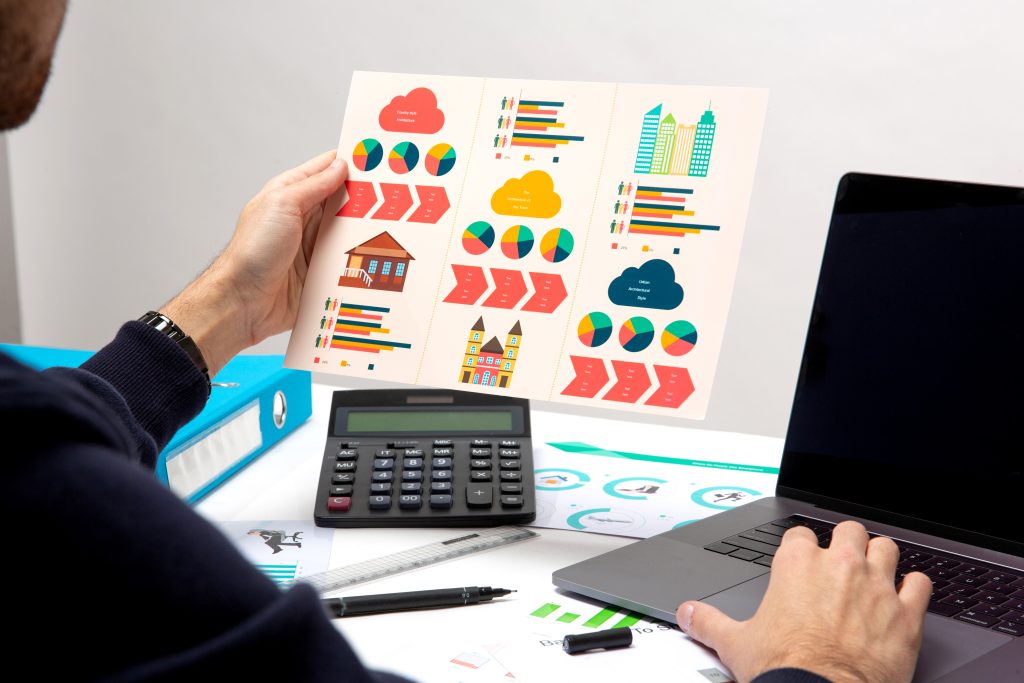
Integrating Analysis into Design Process
Imagine investing countless hours into a project, only to realize you solved the wrong problem. Frustrating, right? That’s where analysis comes in. It’s a crucial step that ensures you’re tackling the right issues and meeting stakeholder needs. Yet, it’s often the most neglected part of the design process. In this guide, we’ll dive into how integrating analysis can significantly enhance your design process.
The Design Process Demystified
In his book, How Designers Think: The Design Process Demystified, Bryan Lawson breaks down the design process into three overlapping activities: analysis, synthesis, and evaluation. Understanding these components can help streamline your projects and improve outcomes.
- Analysis: This involves understanding the problem and defining the desired outcomes. It includes audience research, contextual inquiry, business process mapping, and requirements documentation.
- Synthesis: This is where solutions are created and design elements are integrated into a coherent solution.
- Evaluation: This involves assessing both the analysis and the synthesis to ensure the solution meets the intended goals.
Why Analysis is Crucial
Analysis is essential for identifying the right problems. Without it, your design efforts could be misguided, resulting in solutions that don’t address the actual needs. Let’s break down why analysis matters:
- Understanding Problems: Analysis helps in thoroughly understanding what needs to be solved.
- Defining Outcomes: It clarifies what success looks like for the project.
- Avoiding Pitfalls: Proper analysis can help avoid costly mistakes and rework.
Key Activities in Analysis
Effective analysis involves several key activities:
- Audience Research: Understanding who the end-users are and what they need.
- Contextual Inquiry: Studying the environment and context in which the problem exists.
- Business Process Mapping: Documenting and analyzing existing business processes to identify areas for improvement.
- Requirements Documentation: Clearly outlining what the project aims to achieve and the criteria for success.
Analysis Techniques and Tools
To conduct effective analysis, you can use various techniques and tools:
- Process Analysis: Breaks down workflows to understand their components and efficiency.
- Statistical Analysis: Uses data to identify trends and patterns.
- Comparative Analysis: Compares current scenarios with similar cases to draw insights.
- Functional Analysis: Examines specific functions and their requirements to ensure they meet the project’s needs.
Integrating Analysis Throughout the Project
Analysis should be an ongoing activity, not a one-time task. Here’s how to integrate it throughout your project lifecycle:
- Continuous Analysis: Regularly revisit and update your analysis to ensure ongoing relevance and accuracy.
- Holistic Approach: Ensure that analysis, synthesis, and evaluation overlap and inform each other. This iterative approach allows for continuous feedback and improvement.
Collaboration Between Analysts and Designers
Breaking down barriers between analysts and designers is crucial for effective project execution:
- Improved Understanding: Collaboration leads to a better grasp of problems and more targeted solutions.
- Efficient Workflows: Integrated teams can streamline processes and avoid duplication of effort.
- Better Solutions: Close collaboration ensures that solutions are more accurately aligned with user needs and business goals.
Practical Tips for Effective Analysis
Here are some actionable tips to enhance your analysis process:
- Early and Ongoing Involvement: Start with analysis and continue it throughout the project.
- Engage the Whole Team: Involve all team members in analysis activities to foster a shared understanding.
- Think Before You Act: Encourage thoughtful analysis before jumping into design and development.
- Continuous Improvement: Treat analysis as an evolving activity, constantly refining and updating your understanding.
Analysis is a foundational element of a successful design process. By integrating continuous analysis and fostering collaboration between analysts and designers, you can ensure that your projects address the right problems and deliver effective solutions. Remember, the best designs come from a balanced focus on analysis, synthesis, and evaluation. Make analysis a core part of your design strategy, and you’ll be well on your way to achieving better project outcomes.